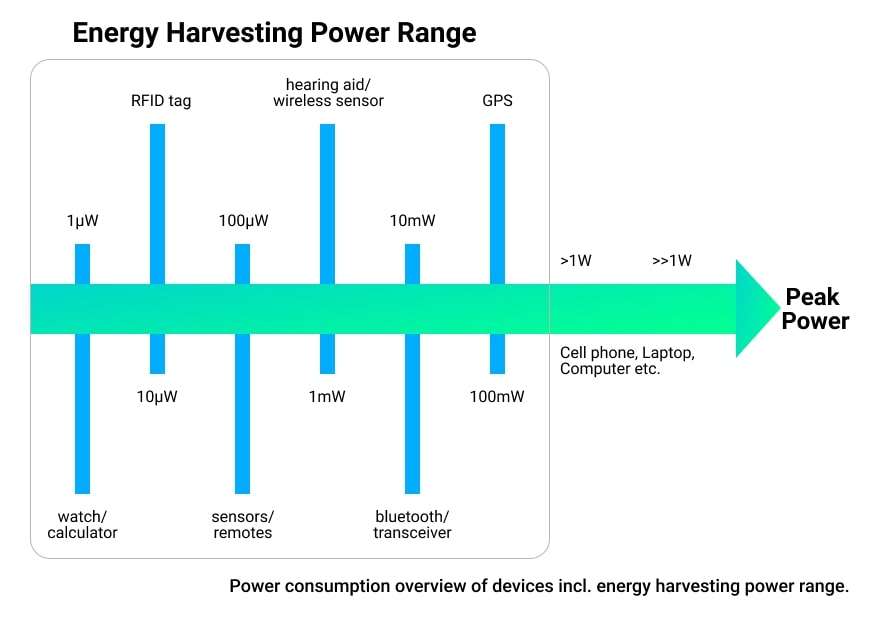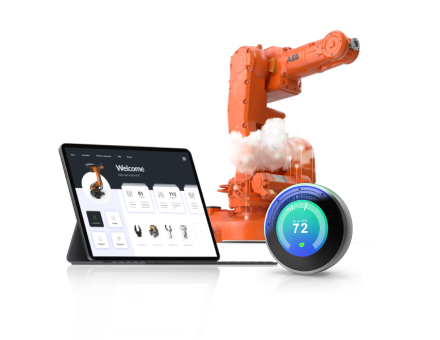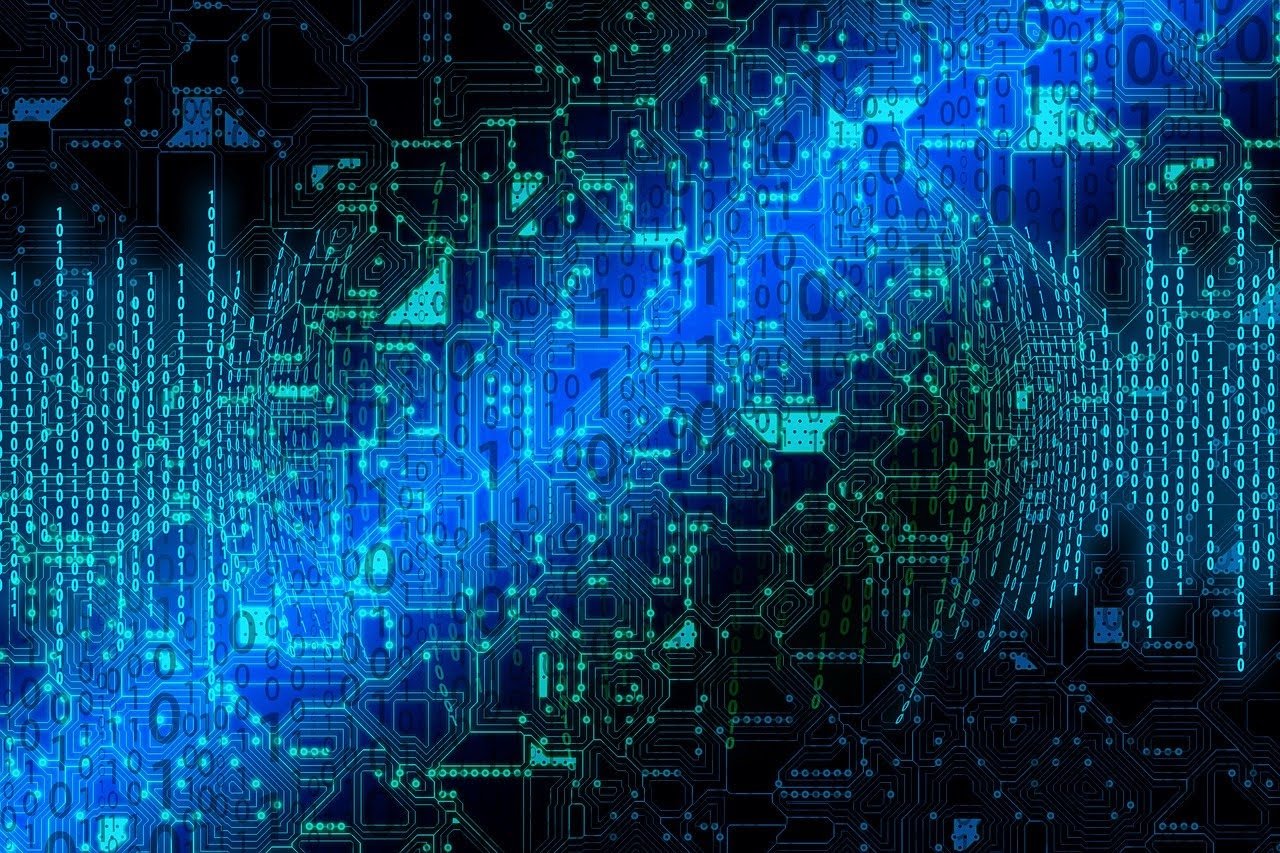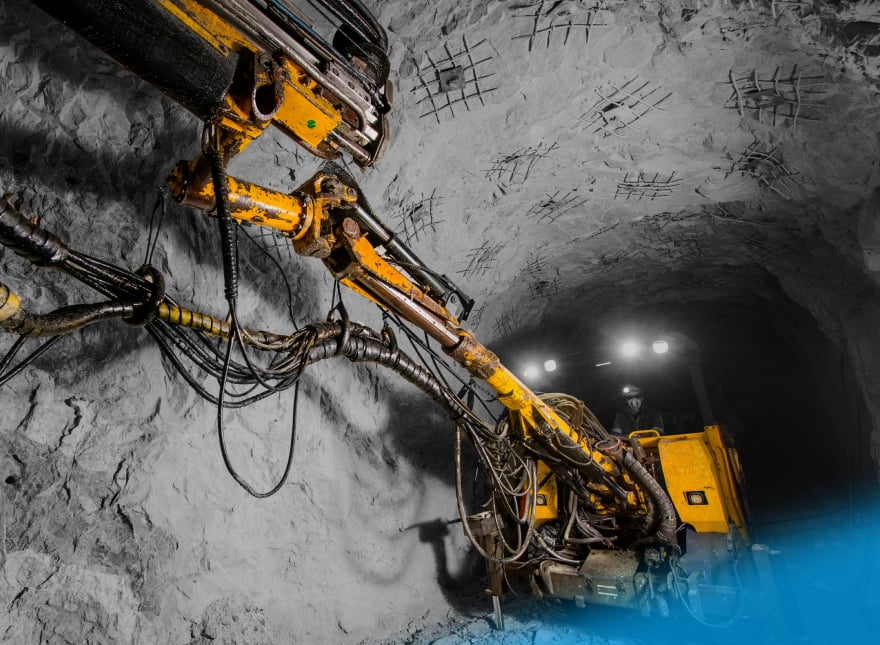Check out our latest blog article: From component to enterprise – modular robotics done right.
Energy Harvesting in IoT: Self-powered Connected Devices Become a Reality

Edge IoT devices, such as sensors, actuators, RFID tags, and beacons, are typically equipped with lead-acid batteries. By 2025, the amount of battery-powered IoT devices could reach 23 billion units worldwide.
For IoT vendors and companies undergoing Digital Transformation, this means three things:
- Batteries need to be recharged or replaced regularly, which i
ncreases device maintenance costs. - Batteries contain heavy metals like mercury, lead, lithium, and nickel. These substances can contaminate the environment when disposed of incorrectly.
- The materials needed for battery production are becoming scarcer.
To prevent battery drain, connected devices utilize energy-efficient communication technologies—i.e., Bluetooth 5 and MQTT—to send data to an IoT gateway or the cloud. Another way to extend battery life is to force idling devices into the sleep mode.
Nevertheless, batteries have a limited lifespan, which often prevents companies from deploying IoT solutions in remote and hard-to-access locations lacking power lines. Researchers are aiming to solve this problem with the help of energy harvesting.
Introduction to Energy Harvesting in IoT
Energy harvesting is the process of capturing energy from one or more renewable power sources—e.g., light, sound, heat, or movement—and converting it into electricity.
Technology-wise, energy harvesting systems rely on three functional components:
- Transducers, which convert the energy harvested from an ambient source
- Interface circuits, which extract energy from the transducers
- Energy storage and power-consuming devices
In IoT, the concept of energy harvesting revolves around micro-scale power generation (as opposed to wind turbines and solar power plants, which produce 4% of the energy consumed in the United States). To stay up and running, transducers should scavenge at least a few milliwatts of power from their surrounding environment on a regular basis.

With energy harvesting, temperature and humidity sensors installed in a greenhouse can locally harness solar energy to operate indefinitely—and all without costly cabling and battery replacements. Similarly, smart fitness trackers can use the kinetic energy of an athlete to recharge themselves.
Ambient Energy Sources Used in IoT Applications
Solar Energy
IoT vendors convert light—or solar radiation—into energy using photovoltaic cells, which can be used both indoors and outdoors. Multiple cells can be spread over an area to provide enough power for connected devices. The more light hits a cell, the more electricity it is able to produce.
When exposed to direct sunlight, solar cells can absorb over 130 thousand lux, which equals 1kW per square meter. In homes and offices, lighting levels vary within the range of 30-50 lux, which decreases power output to microwatts.
To solve this problem, a team of researchers from Uppsala University created dye-sensitized solar cells that harvest energy from indoor LED and fluorescent lamps. These cells can convert up to 34% of visible light into electricity, which can be accumulated and fed to miscellaneous sensors deployed in a building.
Radiofrequency (RF) Energy
Radiofrequency energy harvesting helps scavenge ambient energy from Wi-Fi and cellular networks, satellite stations, and radio masts. RF harvesting systems usually incorporate receiving antennas and rectifier circuits.
Early examples of RF energy harvesters include the Freevolt technology patented by Drayson Technologies. Freevolt’s first commercial application is CleanSpace Tag—an air quality monitoring sensor currently available for purchase on Amazon. Also, Atmosic M3 Series system-on-a-chip (SoC) solutions combine low-power Bluetooth 5 connectivity, on-demand device wake-up mode functionality, and controlled RF energy harvesting to extend battery life in edge IoT devices.
Kinetic Energy
This technique involves accumulating energy through piezoelectric materials, which produce electricity in response to mechanical stimulation, such as vibration or movement. Powering sensor devices with kinetic energy can be a game-changer for various industries, including utilities, industrial manufacturing, and consumer electronics.
Researchers from UK-based Cranfield University are deploying kinetic energy harvesting systems at offshore wind farms. The scientists convert the almost constant vibrations of the wind turbine structure into electricity, which then flows into erosion detection sensors installed on the seabed around the base of the turbine.
Another example comes from the American Institute of Physics. Last year, a team led by Professor Wei-Hsin Liao published a research paper describing a portable energy harvester that can be attached to a person’s knee. The gadget can produce up to 1.6 microwatts of power while the person walks—and this is just enough to charge wearable devices like GPS trackers and health monitoring equipment.
Thermal Energy
Thermal energy harvesting is the process of converting heat produced by engines, machines, the human body, or environmental resources into electrical energy. To that end, thermoelectric generators based on bismuth or lead telluride are often used. Depending on the thermoelectric material’s physical properties and the amount of available heat energy, thermoelectric generators can produce from 20µW to 10mW per square centimeter.
Thermal energy harvesting is considered one of the most promising technologies for increasing energy efficiency in industrial processes. Today, more than 30% of the energy generated by industrial companies is lost through waste heat.
Some examples of thermal energy harvesting solutions include microcontrollers, sensors, and interface circuits developed by e-peas, a Belgian startup that raised €8 million in funding earlier this year.

Things to Consider When Implementing Energy Harvesting Techniques in IoT
- Consumed vs. harvested energy ratio. When designing self-powered IoT solutions, technology companies should investigate the available energy sources and calculate how much energy their devices need. To extend battery life or eliminate batteries altogether, the amount of harvested energy should exceed the power requirements of an IoT device, which may fluctuate between 10 μWatt and 1 Watt.
- Higher production costs. Lead-acid batteries are a mass-produced, cheap commodity, while ambient energy harvesters are not. Also, it is seldom possible to add energy harvesting mechanisms on top of an existing device, which means IoT vendors will have to design self-sufficient sensors and actuators from the ground up.
As the Internet of Things is becoming ubiquitous, chances are the market will soon be awash in edge devices that use similar microcontrollers and SoCs. This would give IoT vendors an opportunity to integrate energy harvesting modules into the hardware components by default. Given that the global energy harvesting market topped $440.39 million last year and is currently growing at a CAGR of 10.91%, this assumption does not sound unrealistic.
More articles on the topic






